New Delhi, June 27, 2023: The world stands at the brink of a global water crisis, a pressing issue that will leave no one unaffected. The convergence of factors such as contamination, scarcity, floods, and the alarming depletion of groundwater levels has propelled us towards this critical juncture. Recognizing the gravity of the situation, the United Nations has urgently called for increased international cooperation to revolutionize the usage and management of water on this World Water Day. Only through collective efforts can we avert the impending global water crisis and secure a sustainable future.
While it is widely known that the Earth is predominantly composed of water, a mere fraction (approximately 2.5%) is freshwater, the lifeblood that sustains human existence. Astonishingly, the majority of this freshwater, around two-thirds, is locked away in vast glaciers and snow covers, leaving a mere 1% to fulfill the ever-growing global demand. The urgent need for sustainable water management practices has never been more evident.
Access to safe drinking water is not merely a luxury but an inherent fundamental right that should be guaranteed to every individual. However, the prevailing state of safe drinking water at a global level paints a distressing reality. Despite remarkable advancements and technological interventions, the dream of accessing uncontaminated water supplies remains elusive for a significant segment of the global population. This stark disparity calls for immediate action and unwavering commitment to ensuring equitable access to clean and safe water for all.
Furthermore, the challenges we face in providing adequate water access are further compounded by a multitude of intricate factors. Rapid population expansion, inadequate infrastructure, the displacement of migrants and refugees, uneven distribution of population between rural and urban areas, the demands placed on maturing economies, accelerated industrialization, and the rising standards of living in various regions of the world all contribute to the logistical complexity of delivering water where it is most needed. Additionally, the detrimental impacts of pollution and the ever-increasing effects of climate change serve as formidable obstacles on our path towards water security.
Let’s observe what we are dealing with
Water and health
Water scarcity and contamination pose significant threats to global health, affecting the lives of more than 2 billion people in water-stressed nations who rely on water sources contaminated with faecal matter for their daily needs. Unfortunately, this number is projected to rise even further due to population growth and the exacerbating effects of climate change.
In addition to microbial contamination, drinking water is plagued by chemical risks such as arsenic, fluoride, and nitrate. Alarming levels of emerging contaminants including pesticides, pharmaceuticals, polyfluoroalkyl substances (PFASs), and microplastics have become a growing public concern, further exacerbating the issue.
The consumption of contaminated water has dire health consequences, leading to diseases such as diarrhoea, cholera, dysentery, typhoid, polio, acute respiratory infections, and various other tropical diseases. Shockingly, more than 485,000 diarrhoeal deaths occur each year directly attributed to the consumption of contaminated water.
Water scarcity to double by 2050
Moreover, the impending water scarcity crisis adds to the gravity of the situation. In 2016, approximately 930 million people worldwide were already facing water scarcity. Alarmingly, projections indicate that this number will double, reaching 1.7 to 2.4 billion by 2050. Prolonged and extreme droughts are placing additional stress on ecosystems, with devastating consequences for both plant and animal life.
Alarming highlights on water globally
|
Number of people living in water-stressed countries
|
Over 2 billion
|
|
Number of people drinking water contaminated water
|
2 billion
|
|
Number of people taking water from unprotected wells and springs
|
368 million
|
|
Number people collecting untreated surface water from lakes, ponds, rivers and streams
|
122 million
|
|
Estimated diarrheal deaths each year
|
485000
|
|
Diseases caused by the consumption of contaminated water
|
Diarrhea, cholera, dysentery, typhoid and polio, acute respiratory infections and numerous neglected tropical diseases
|
|
Sources of chemical risks in drinking water
|
arsenic, fluoride or nitrate
|
|
Emerging water contaminants
|
pharmaceuticals, pesticides, per-and polyfluoroalkyl substances (PFASs) and micro plastics
|
Emerging Forms of Water Pollutants
While water scarcity poses a significant threat to humanity, new forms and sources of water pollution continue to emerge. While arsenic, fluoride, and nitrate remain recognized chemical risks, there are other contaminants that present an even greater threat to this vital resource. These include pharmaceuticals, pesticides, per- and polyfluoroalkyl substances (PFASs), and microplastics.
Conflict between Humans and Animals
The diminishing water bodies have led to an escalating conflict between humans and animals as they compete for the same water sources.
Number Speak from UN World Water Development Report 2023
|
In the least developed countries the number of women giving birth in health care facilities with inadequate water, sanitation, and hygiene every year
|
17 million women
|
|
Expected reduction in pathogen transmission due to improved hand hygiene
|
50%
|
|
Number of people lacking handwash facility at home globally
|
1.37 billion (18% of the world’s population)
|
|
Percentage of GDP to be lost in some countries by 2050 due to water scarcity – spurring migration and conflict
|
6%
|
|
Economic losses from floods from 2000–2019
Number of people affected from these floods
Number of lives lost due to these floods
|
US$650 billion
1.65 billion
Over 100,000
|
|
Number of people affected by droughts during 2000-2019
Volume of economic losses during 2000-2019 droughts
|
1.43 billion people
Nearly US$130 billion
|
|
Number of people in urban areas to face water scarcity by 2050
|
2.4 billion (up to half of global urban population)
|
|
Number of countries sharing 286 trans-boundary river and lake basins and 592 trans-boundary aquifer systems
Percentage of basin areas that have an operational arrangement for water cooperation
|
153
58%
|
Economic and Social Effects
The alarming reality of over 2 billion people living in water-stressed areas and consuming contaminated water has significant economic and social consequences. The current state of water across the globe has resulted in losses in both these domains, whether it be from floods, water-related diseases, or droughts. According to the UN World Water Development Report 2023, some countries are projected to experience a loss of nearly 6% of their GDP due to water scarcity by 2050.
Between 2000 and 2019, floods alone have incurred a staggering cost of US$650 billion, affecting 1.65 billion people and resulting in over 100,000 deaths. Additionally, global droughts have caused economic losses exceeding US$130 billion, impacting approximately 1.43 billion people during the same period.
If the situation persists, the damage and losses could reach horrifying levels. Therefore, it is imperative to invest in better and improved water facilities to reduce the number of people falling victim to water-related diseases. This will ultimately lead to improved human health and fewer economic losses.
To tackle this impending global crisis, it is crucial for governments, public and private sectors, agencies, civic bodies, stakeholders, and individuals to form a unified alliance. Only through collective action can we effectively address this crisis before it becomes too late..
What’s the way forward?
Smart Management and Conservation
Effective water resource management and preservation must involve a concentrated yet collaborative effort among governments, businesses, scientists, civil society, and communities, including indigenous communities with the aim to devise and implement practical solutions for the sustainable use and protection of the world's water resources.
The UNESCO and UN-Water in its UN World Water Development Report warns that we all should be prepared to face the consequences if international cooperation in this area is not boosted.
The UNESCO Director-General Audrey Azoulay recently said, “There is an urgent need to establish strong international mechanisms to prevent the global water crisis from spiraling out of control. Water is our common future and it is essential to act together to share it equitably and manage it sustainably.”
International cooperation needs a boost
Globally, 153 countries share 286 trans-boundary river and lake basins and 592 trans boundary aquifer systems. However, only 58% of basin areas have an operational arrangement for water cooperation. All thanks to the border issues and non-cooperation among the governments. This results in uneven water distribution globally. There is a dire and immediate need international cooperation in this area. If the remaining 42% shared basins can have operational arrangement for water cooperation, we will have a solution for at least half of the globe – over 153 countries.
We need public–private partnerships to build cooperation that benefits all stakeholders – to serve the public interest while providing a decent return to the service provider.
National and international partnerships carry the potential to mitigate the imminent damages due to water shortage. Mexico’s Monterrey Water Fund is one of the prime examples. The scheme was launched in 2013 and has maintained water quality, reduced flooding, improved infiltration and rehabilitated natural habitats through co-financing. Another successful programme is Tana-Nairobi river watershed that supplies 95% of the Nairobi’s freshwater and 50% of Kenya’s electricity.
Water committees can be elected for operating and maintaining water sources like what they do in the displacement camps in the Gedo region of Somalia. The committee members work in partnership with the local water authorities.
Sustainable Technology for safe water - Tech innovation for the future of water
In case of developing nations, the lack of accessible safe water can be attributed to the significant financial investment and ongoing operational expenses needed to ensure secured and reliable water supplies, which are often beyond their means. However, increasing access to safe drinking water can be achieved by focusing on measures like preventing contamination and adopting sustainable treatment technologies.
Water professionals now have access to advanced technologies that are revolutionizing the way they interact with water resources, water systems and the people. The usage and implementation of analytics, data, the Internet of Things (IoT), machine learning and artificial intelligence will continue to empower consumers and influence water system operations.
For instance, the Japanese are very good at conserving water. High water prices create an incentive for ordinary people to conserve water. Japanese conserve water by using bath water for several baths and then using the leftover water for washing clothes. Their handwash facilities are installed above the toilets and this waste water is then further used to flush toilets. Waterless toilets are another solutions that countries can adapt to.
Water governance for better future
We have to mend the ways how water utilities are operated and regulated. The roles of central, state, and local governments significantly impact everyone in this regard. We need customized solutions at different areas and geographies. Community based approach is essential, as some communities may gain sustainable solution by turning to regional solutions, while the others may gain efficiencies based on some evolving technologies. The solution shall be driven by the need-based approach. With the evolving regulatory structures, communities will have to evaluate new approaches, such as fit-for-purpose standards and decentralized treatment.
In addition, there should be a metric, a capping for water consumption by all sectors and industry. Besides, it should be made mandatory for businesses to recycle, reuse and conserve water. Such companies should be mandated to focus more on doing CSR activities in the areas where natural resources are consumed and wasted more.
Data Sharing and Monitoring
One of the key challenges hindering progress in addressing global water issues is the existence of data gaps. From local communities to global levels, there are insufficient levels of data disaggregation or a reluctance to share data. It is crucial to generate and process relevant data into objective information and make it readily available to end users. Partnerships play a critical role in this regard, as governments can engage in priority-setting, planning, data collection, and joint development of data governance mechanisms. Such collaborations foster improved collective ownership.
However, freely accessible global data repositories often lack the necessary level of detail or breakdown required for targeted interventions. Therefore, there is a pressing need to enhance the capabilities of government agencies responsible for monitoring and managing water resources. Institutions involved in transboundary matters, such as river basin organizations, national government entities, academic institutions, and development organizations, possess valuable data that can be streamlined and shared for collaborative monitoring and management of shared water resources.
Importance of Innovation
Innovation is an essential ingredient in addressing these global water challenges. The development and adoption of innovative technologies through knowledge transfer, entrepreneurship, and applied research are crucial. Strengthened and expanded partnerships among different countries and regions offer significant opportunities. Collaborations among universities, entrepreneurs, and venture capital providers can expedite the implementation of business solutions, especially in middle- and low-income nations. Communities that foster knowledge exchange and innovation through partnerships between entities from developed and developing regions play a significant role in advancing technically feasible, economically viable, socially acceptable, and locally adaptable solutions.
While implementing advanced technologies for water processing, distribution, and treatment, it is vital to ensure that these interventions do not exacerbate existing inequities. For instance, relying on information and communication technology (ICT) applications can disadvantage those without proper access to the internet or mobile phone connections. Therefore, solutions should consider accessibility and inclusivity.
Increased Funding
Securing adequate funds is essential for expediting progress in addressing water challenges. The goal of achieving equitable access to safe drinking water for everyone by 2030 requires tripling the current investment levels. However, existing funding sources may be insufficiently targeted and could hinder efforts to address the needs of the most impoverished individuals and communities. To enhance the impact of investments, it is crucial to establish improved cooperation mechanisms that bring together financing sources and beneficiaries, enabling joint funding of relevant projects. Water funds can serve as examples of multi-stakeholder platforms that pool funds from various actors, facilitating cooperation and leveraging co-financing arrangements.
To foster better collaboration between the demand and supply sides of finance, there is a need to increase mutual understanding among partners regarding their respective perspectives and requirements. Tailoring financial products to suit the specific needs of household-level water supply and sanitation facilities, such as micro-credits for low-income consumers and households, can contribute to improving the impact of financing.
Clear and stable legislative frameworks in countries have been observed to facilitate more effective operations in both the public and private sectors. These frameworks instill confidence in long-term investments and ensure a reasonable return. Since water is an interconnected resource, a comprehensive approach involving all segments of society, including formal and informal institutions, is necessary for significant improvement.
Progress in India
In India, various initiatives are being undertaken to address water challenges. Water conservation, recycling, reuse, and rainwater harvesting are not new to the country. State governments, local bodies, NGOs, and regional communities are actively running programs to promote community building, water conservation, and hygiene. Organizations like Indira Water and Goonj are making significant efforts in this regard. Indira Water, for example, has deployed eight water plants and conducted over 30 pilot projects across India, treating more than 750 million liters of water and recovering over 90% of it on average for reuse purposes.
The Atal Bhujal Yojana, India's largest community-led groundwater management program, is being implemented to address groundwater depletion in 8,220 gram panchayats across seven states with the highest rates of depletion. This program, run by the Government of India in association with the World Bank, aims to improve livelihoods, build resilience, and raise awareness among rural populations regarding water availability and usage patterns.
In Punjab, where the water table has drastically fallen due to excessive tubewell irrigation, the state government has launched a groundbreaking program called “Paani Bachao, Paisa Kamao” to conserve groundwater. This innovative scheme incentivizes farmers to reduce groundwater usage, resulting in significant water savings without adversely affecting crop yields. Additionally, projects like the Punjab Municipal Services Improvement Project are shifting large cities in the state to surface water sources to alleviate pressure on groundwater.
In Shimla, the capital city of Himachal Pradesh, which faced severe water shortages due to rapid population growth and tourism, the Shimla Water Supply and Sewerage Service Delivery Reform Project has been implemented. This project has improved water supply to the city, ensuring daily water availability for 3-4 hours. The ultimate goal is to achieve 24x7 water supply. The project focuses not only on fixing infrastructure but also on fixing the institutions responsible for managing water supply and sanitation.
In Chennai, a city that faced a severe water crisis in 2019, transformative steps have been taken to recycle wastewater on a large scale to meet industrial non-drinking water needs. Through two Tertiary Treatment Reverse Osmosis (TTRO) plants, the city aims to recycle approximately 20% of its sewage, reducing the reliance on fresh water sources.
The Urgency and the Way Forward
According to a recent report by the NITI Aayog, a policy think tank of the Indian government, a large portion of the Indian population faces high to extreme water stress. With India accounting for nearly 18% of the world’s population but only 4% of its water resources, it is among the most water-stressed nations globally. Urgent action is required to prevent further deterioration of the situation.
While efforts by states, local panchayats, civil society, and NGOs in promoting community-led groundwater management, water conservation, and hygiene are commendable, they are not sufficient to address the impending crisis. More community awareness programs and increased community engagement are needed. Responsible use of groundwater sources is crucial to achieve clean and affordable water access for all.
Conclusion
Sustainable Development Goal 6 (SDG 6) aims to ensure availability and sustainable management of water and sanitation for all by 2030. However, current progress in this regard is off-track, as highlighted by the findings from the WHO and UN-Water’s Global Analysis and Assessment of Sanitation and Drinking-Water (GLAAS) report. Accelerated efforts are required in many nations to achieve SDG 6 targets by 2030.
The report emphasizes the urgent crisis of poor access to safe drinking water, sanitation, and hygiene, which claim millions of lives annually. Climate-related extreme weather events further hamper the delivery of safe water, Sanitation, and hygiene services. Governments and development partners are called upon to strengthen WASH systems and significantly increase investment to extend access to safely managed drinking water and sanitation services, starting with the most vulnerable populations.
To create awareness and take action, events like World Water Day and World Toilet Day should be planned at regional levels. Theme-based initiatives, such as the UN’s focus on water for sustainable development, should be implemented not only in urban areas but also in rural regions to inspire awareness and action.
Furthermore, the ongoing International Decade for Action, “Water for Sustainable Development,” emphasizes the need to address water-related challenges, including restricted water availability, mounting strain on water resources, and inadequate access to safe water and sanitation facilities. This decade-long initiative, which runs from 2018 to 2028, provides an opportunity for stakeholders to collaborate and mobilize resources to achieve water-related targets.
Addressing global water challenges requires concerted efforts from governments, institutions, communities, and individuals. By strengthening partnerships, promoting innovation, increasing funding, and implementing targeted initiatives, we can move closer to achieving universal access to clean water and sanitation, ensuring a sustainable and equitable future for all.
You can also read:
An open Letter to Shri Ashwini Vaishnaw, Union Minister, Ministry of Railways: 10 Questions We Need Answers For!
Interview with Paneesh Rao, Global Head – Sustainability, LTIMindtree: “We have a clear vision for our Sustainability goals in 2030 and 2040. Collaboration is integral…”
Advancing Indian Railways: Embracing a Technology-First Approach for Enhanced Safety
Our participation in World Transplant Games serves as a strong catalyst to encourage organ donation



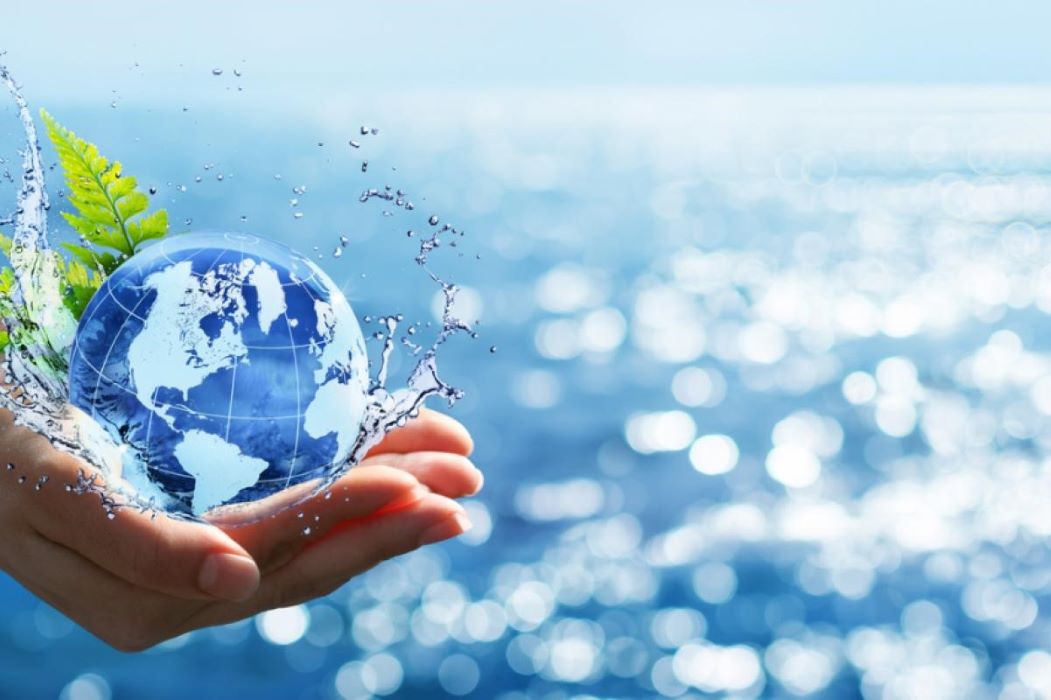


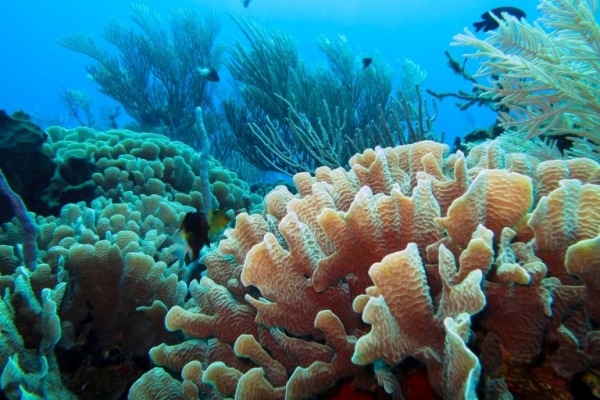

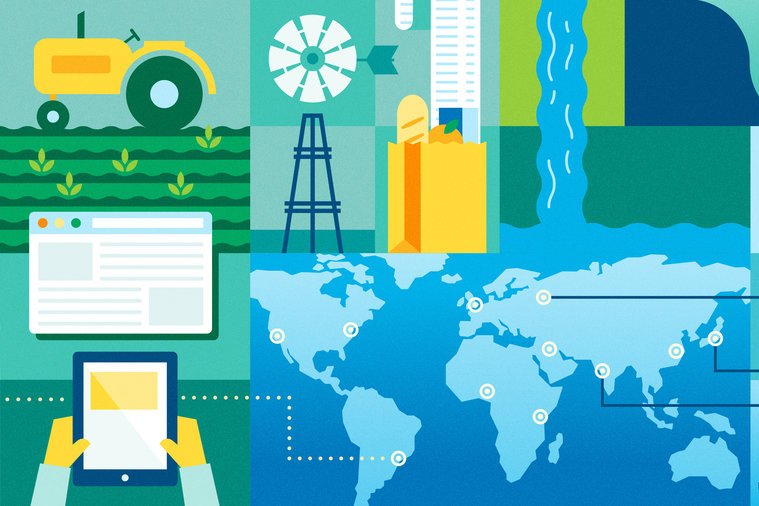

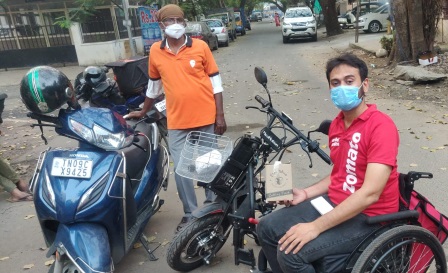
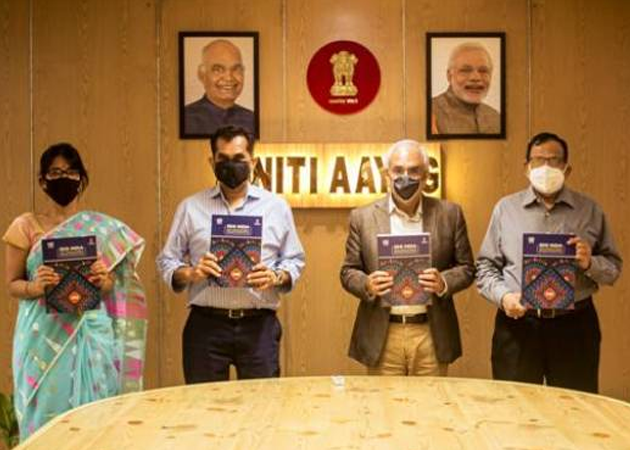



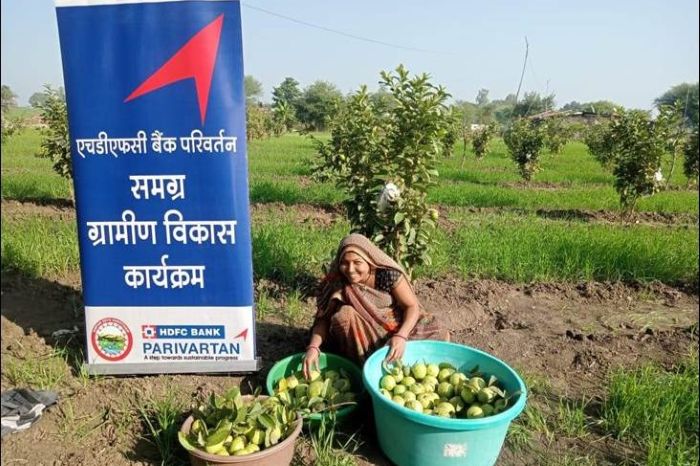
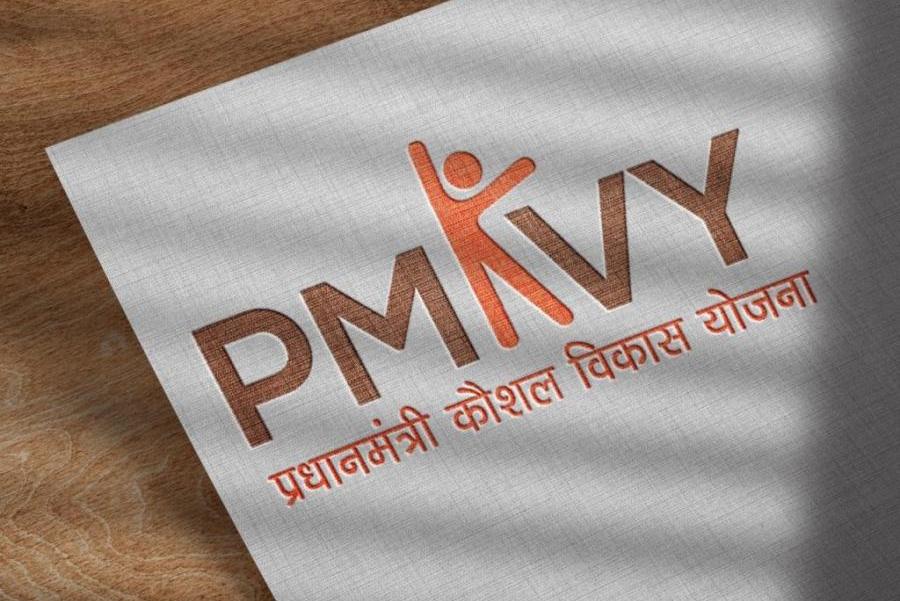

.jpg)




